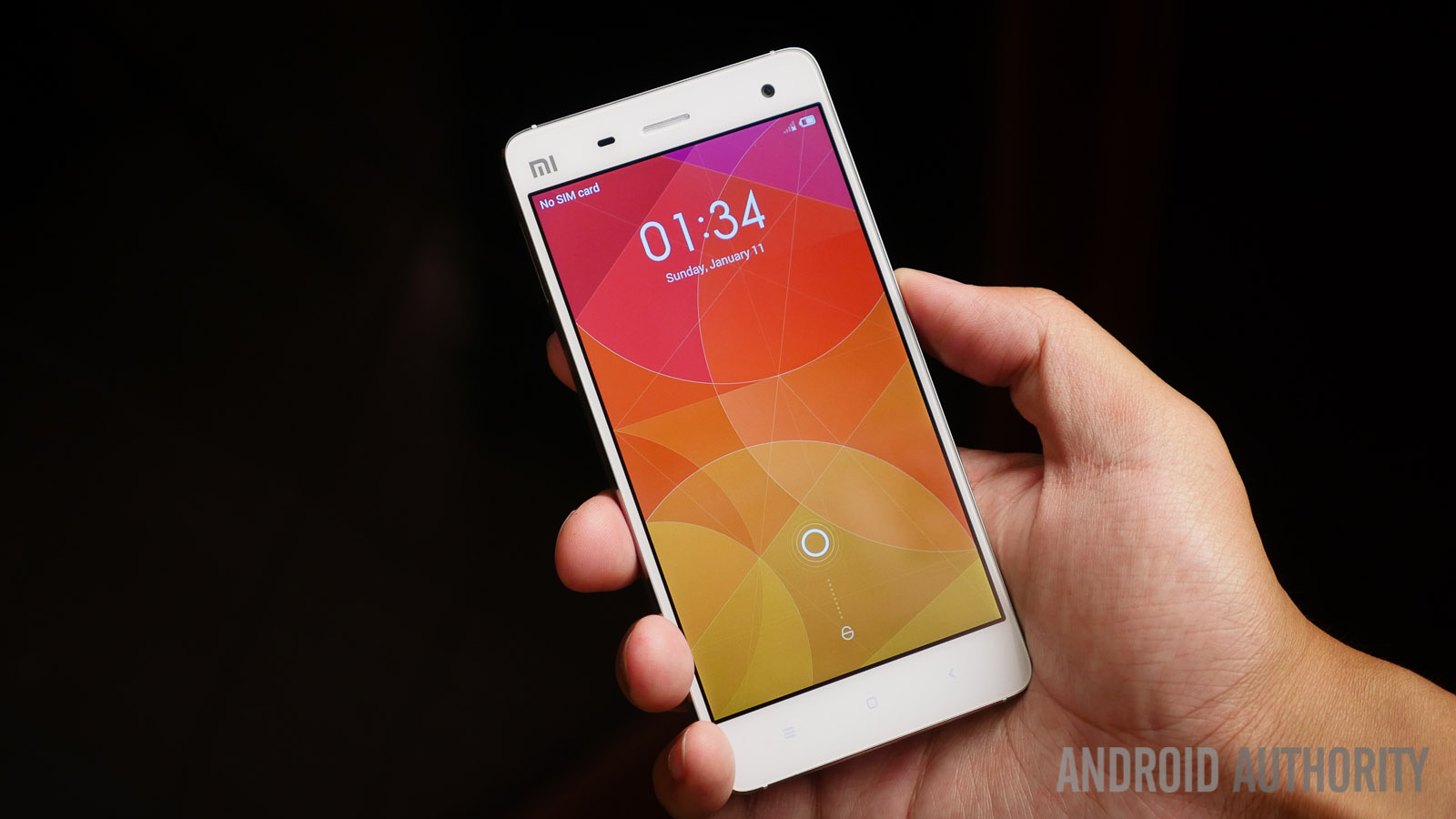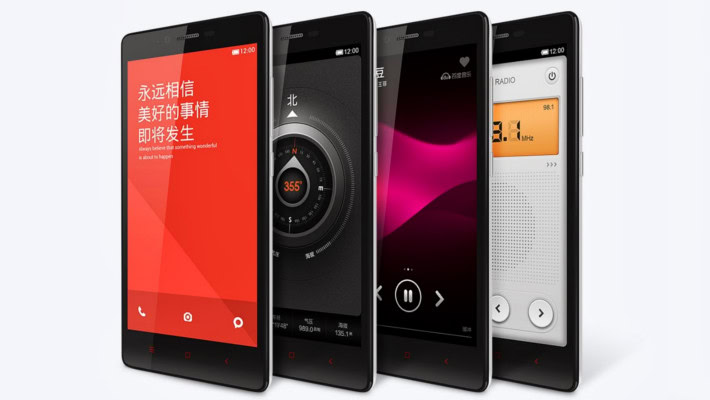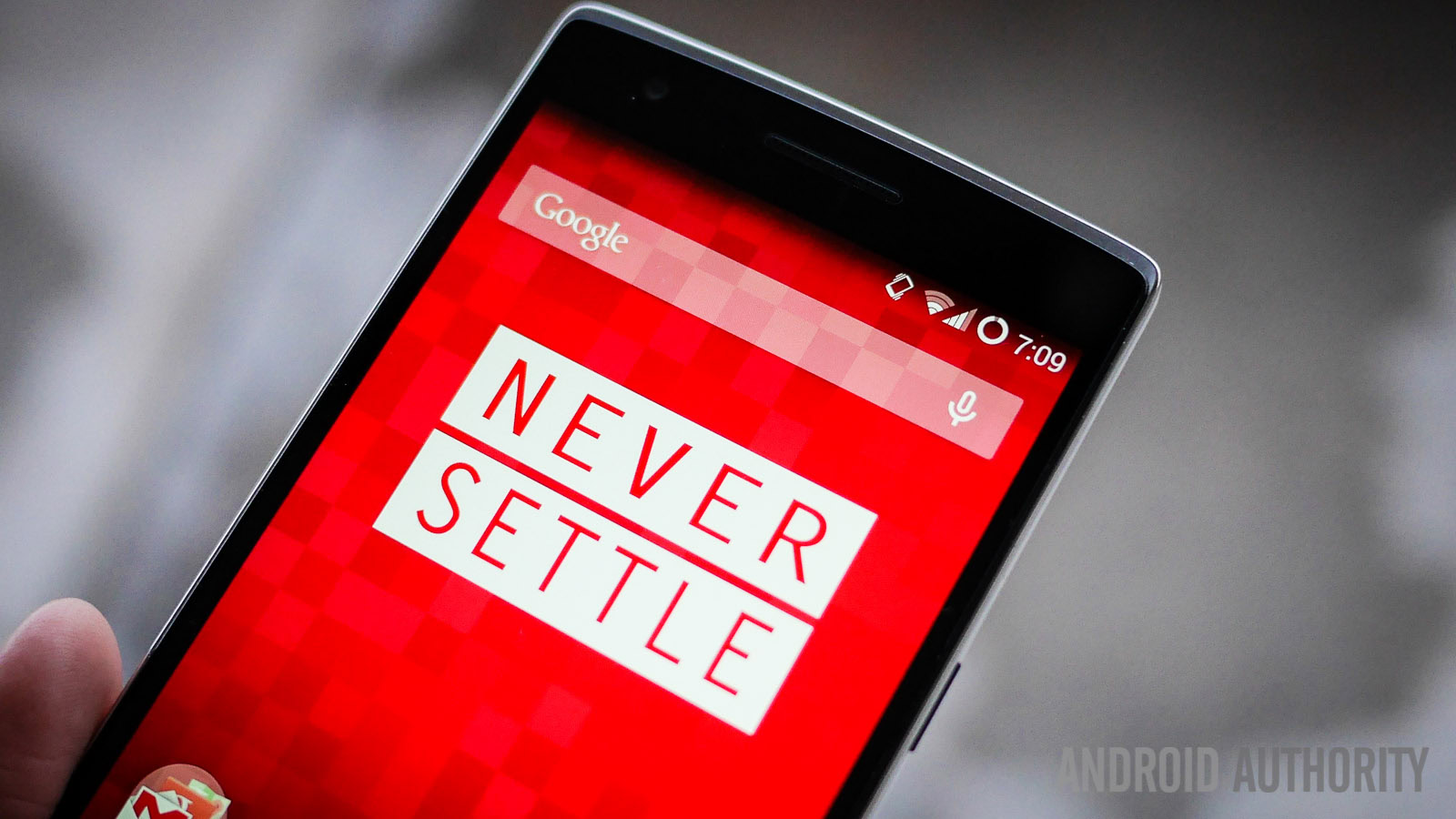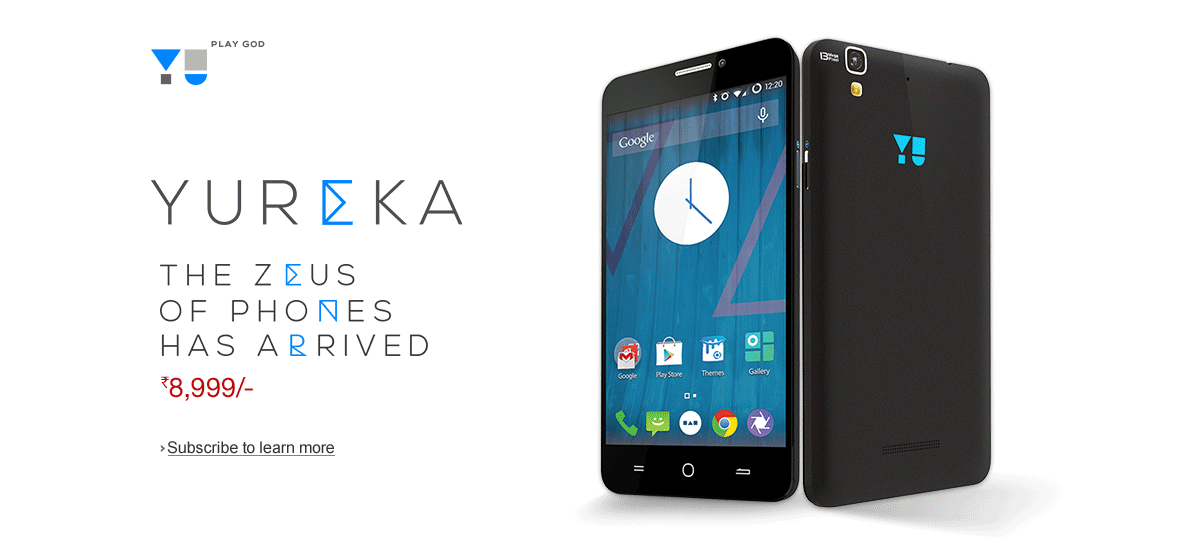Affiliate links on Android Authority may earn us a commission. Learn more.
The Xiaomi model is taking over the world

I’m sure you’ve heard by now, Xiaomi is proving to be a rather successful business in China and is eyeing further expansion over the next 12 months. The reason for the company’s consumer appeal is simple; its low cost, high-end devices offer better value for money that its competitors. We know that Xiaomi is already profitable, so just how is the company able to offer high-end smartphones and complementary products for so cheap?
The first noticeable difference between Xiaomi and traditional OEMs is that the Chinese upstart completely cuts out all of the middle-men. By offering its product solely though its own website, Xiaomi removes the mark-ups applied by third party retailers. Xiaomi also spends very little on advertising, compared with its rivals, and instead relies on word of mouth, pricing, sales, and the unique position of its brand to attract consumers. Although this is clearly a luxury that not every smartphone brand is fortunate enough to enjoy.

Furthermore, by keeping tight control over its stock, Xiaomi can place cheaper batch orders as demand dictates. Limited availability flash sales ensure that supply never outstrips demand and helps create a free marketing buzz around its products. Traditional OEMs have to incur large upfront productions costs in order to ship smartphones out to retailers all around the world, some of which many not sell. This is far more expensive that Xiaomi’s model and it’s consumers that end up paying the difference.
Limited availability flash sales ensure that supply never outstrips demand
This model has proven so successful at appealing to upfront cost oriented consumers this year that Samsung, and some of the other established OEMs, have seen sales suffer and have lost market share to the low-cost upstart brand. Several of Xiaomi’s regional competitors have caught wind of this successful formula and have recently begun adopting similar strategies.

OnePlus is probably the most well-known OEM with a similar on-line oriented business model. The controversial invite system allows the company to control stock levels efficiently, creates an aura of exclusivity, and keeps costs low while the company is in its infancy. HUAWEI’s HONOR 6 and 3C are also being sold directly to consumers through online sales channels. Both of these companies sell handsets for substantially less than traditional brands.
MicroMax’s newly announced Yureka smartphone is a direct response to Xiaomi’s intentions in India
Lenovo is also planning its own online only brand of smartphones, which is expected to launch in April 2015. Lenovo’s brand will be named “Fancy Maker”, oddly enough, although exact details of this project have not been announced yet.

Most recently, MicroMax’s newly announced Yureka smartphone is a direct response to Xiaomi’s intentions in India. The handset will be made exclusively through Amazon in India and will retail for just Rs.8,999 ($142). The Cyanogen fiasco associated with the handset’s launch goes to show just how tough competition is in the region and how manufacturers need to make their products stand out.
Xiaomi, and the other low-cost Android manufacturers, represent a big change in the way that that many OEMs will do business in the future. Whether or not Samsung, and the other established brands, will eventually need to match this new business method remains to be seen, but it is likely that changes will be required if the big OEMs want to keep their foot in the door of growing markets like India. It is certainly possible that other manufacturers could start offering smartphones for lower prices through their own e-commerce stores, at least in regions where this business model is already proving successful.
Over the next year, competition in Asia and India is likely to become even fiercer, as smaller brands race to offer low-cost, value for money smartphones to the next billion consumers.